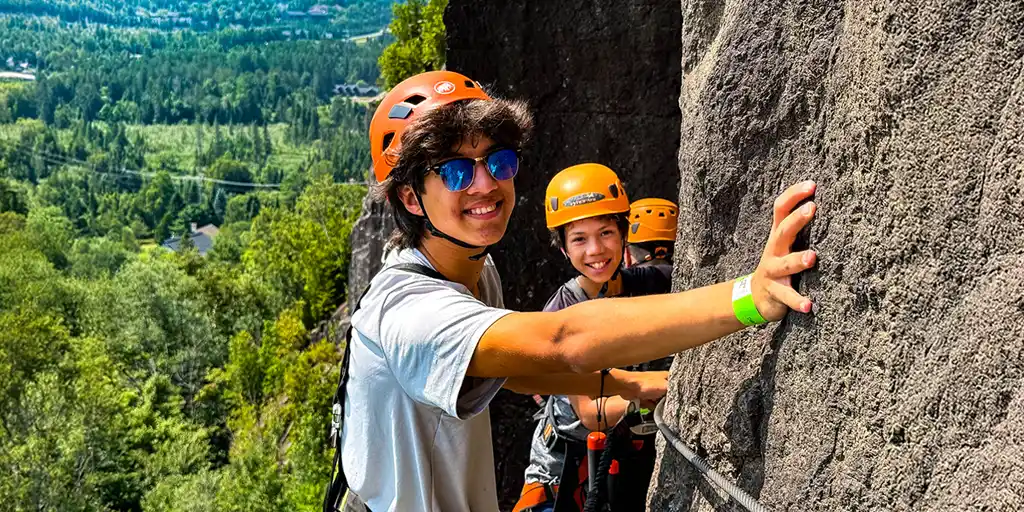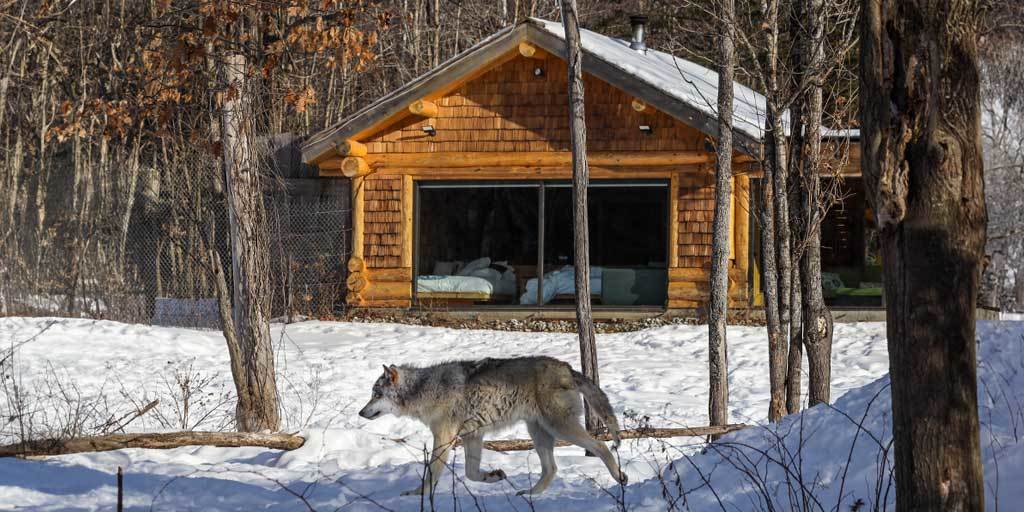Can’t book a campsite in Ontario? Discover Parc National d’Opémican, a stunning Quebec alternative. This guide reveals why this park is the perfect solution for your next camping trip.
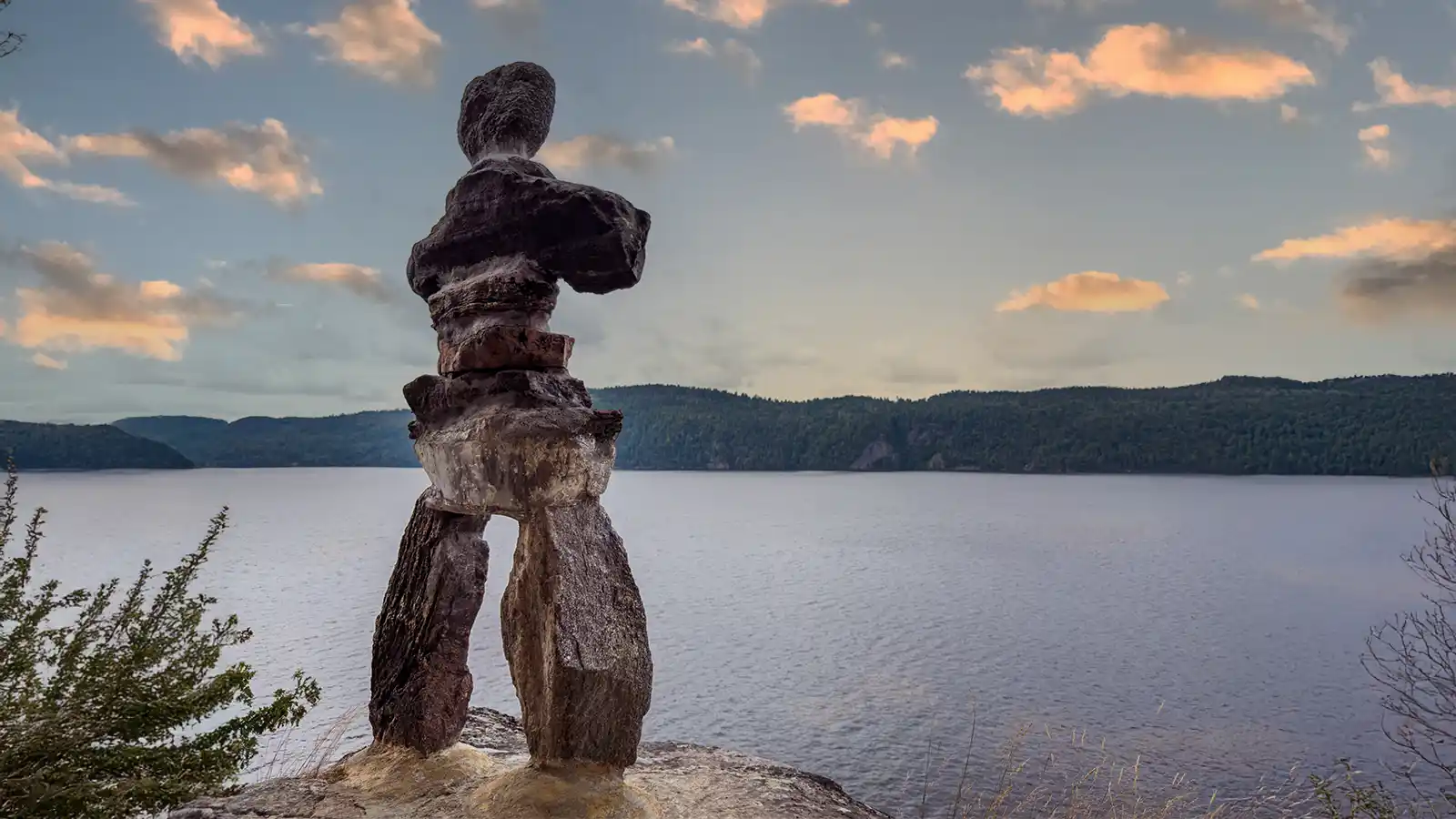
As a native of Ontario, I love the Ontario Parks system. I’ve spent decades exploring my home province, and camping in more than 60 local provincial parks has always been one of the highlights of the year.
Ever since that fateful March in 2020, though, Ontario provincial park camping has been a challenge for many locals. A surge of interest in the outdoors led to an overwhelming wave of campers heading to the parks. Casual bookings and weekend getaways quickly became a battleground where people were staying up all night to try to book the limited number of Ontario Parks campgrounds. Arguments were breaking out on social media forums over booking etiquette, and it seemed, at least on the surface, that the idea of casual Ontario camping was slipping away.
Not willing to give up on those summer family camping adventures, I looked east. My many road trips through Quebec had introduced me to the SEPAQ system, which is Quebec’s own provincial park system. Camping at places like Lac Temiscouata and Gaspesie National Park (I’ll get to why Quebec’s provincial parks are called “National Parks” later) opened my eyes to provincial park camping outside of Ontario.
But the truth is that those provincial parks lie far more than a casual drive away from most Ontario cities and towns. That is, until I discovered a region of Quebec I had never visited before.
Discovering Abitibi-Timiscamingue
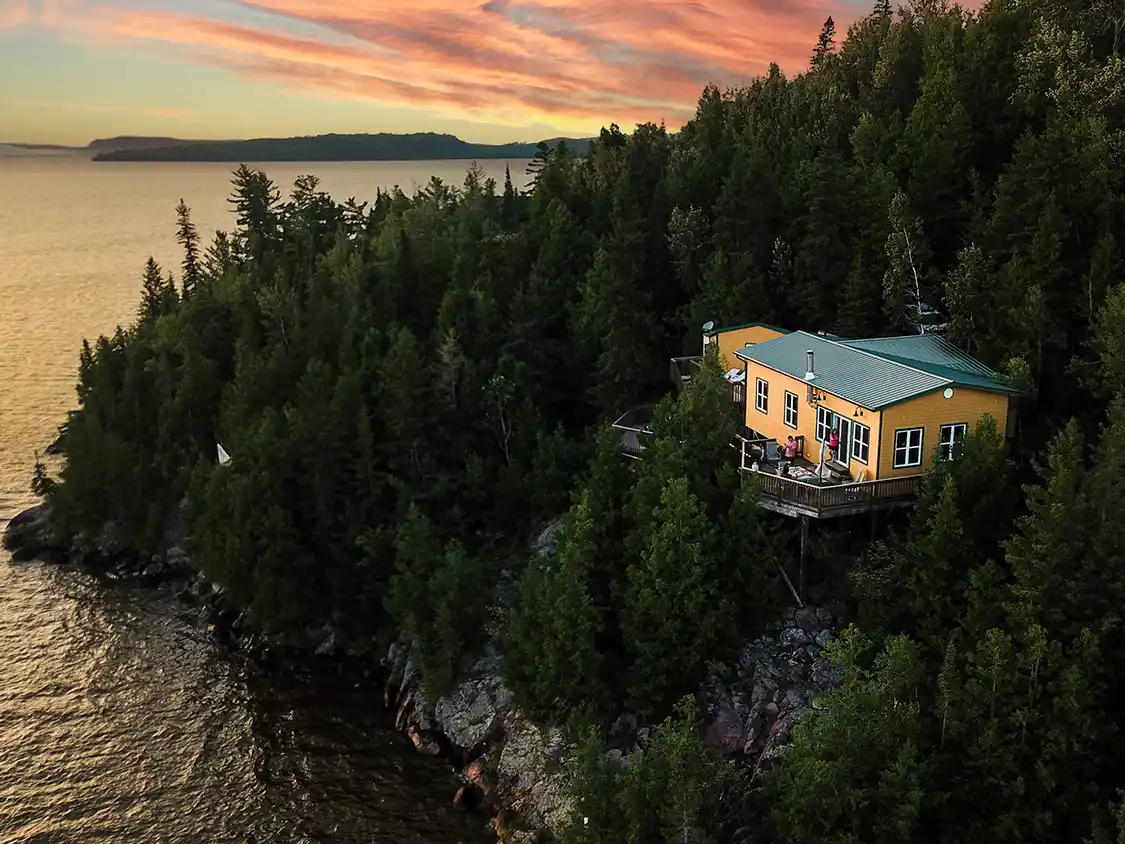
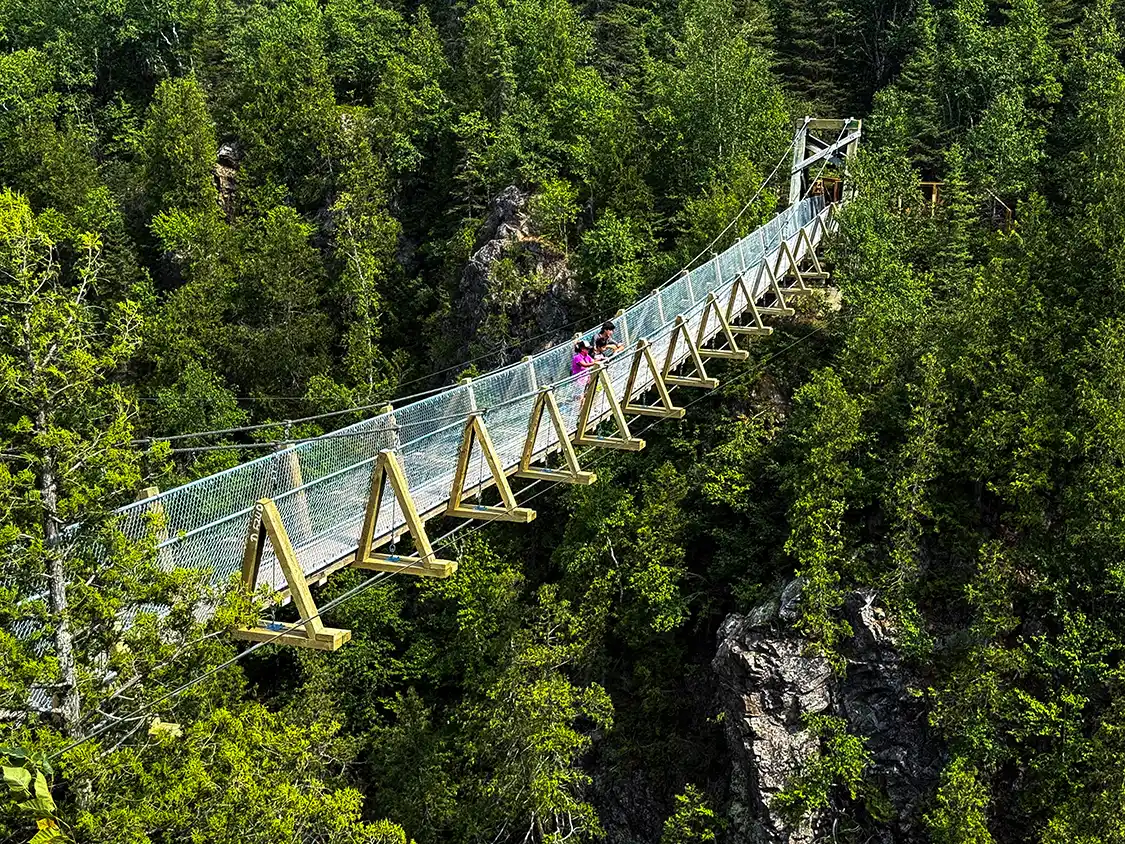
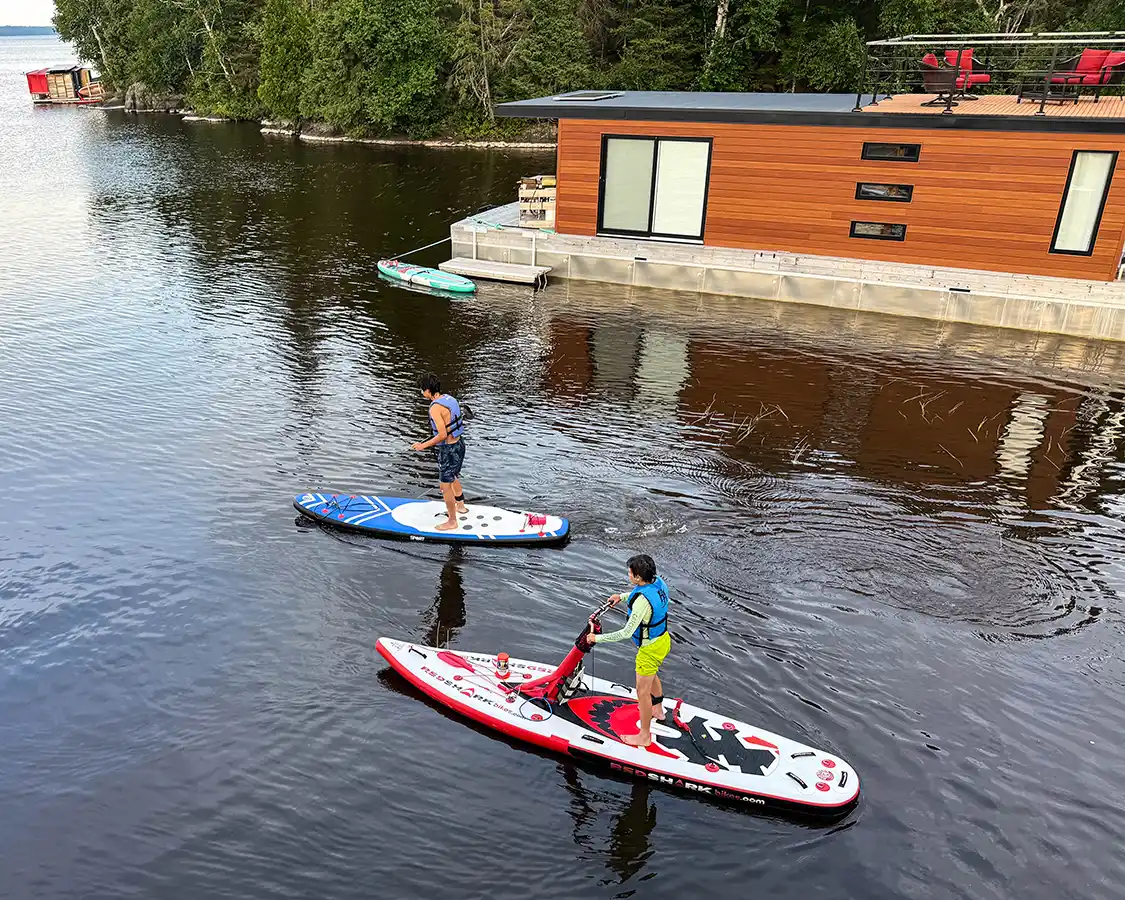
On my family’s annual summer road trip, we zipped through Ontario, visiting the Bay of Quinte and exploring Kingston’s waterfront before crossing into Quebec’s Laurentian region with stops at Tremblant Resort and our very first Via Ferrata experience at a mountain adventure park called Tyroparc.
But the road trip reached its peak when we drove through one of the few regions of Quebec that we had never visited before. A vast stretch of eastern Quebec, reaching from the Laurentians all the way to the Ontario border, named Abitibi-Temiscamingue.
Now, this region of Quebec has some pretty incredible surprises for us. Awesome towns and music festivals, beautiful stretches of nature, and some of the province’s most amazing and unique places to stay. But it’s that border with Ontario that truly captured our attention.
Hiking and Camping at Parc National d’Opémican
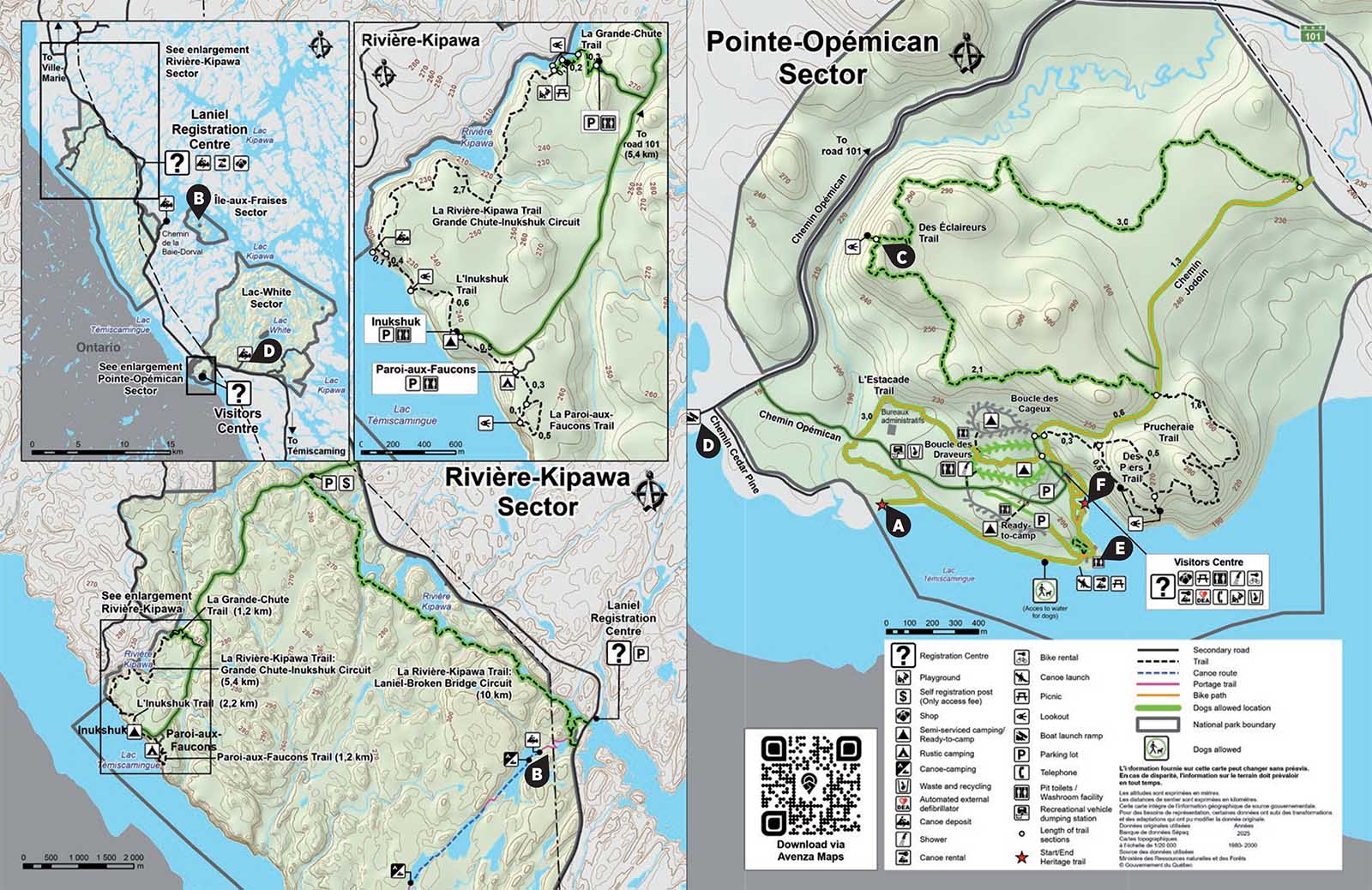
We arrived at Parc National d’Opémican in the afternoon. We had driven from Ville-Marie, where we stayed at a gorgeous cottage overlooking Lake Timiskaming called Domaine Temikami. We had spent the morning exploring the town, gobbling down poutine from a local Casse-Croute, and visiting the Parks Canada Obadjiwan-Fort-Témiscamingue National Historic Site.
If you’re short on time, here’s a breakdown of why we loved our visit to Parc National d’Opémican:
Location: At just over four hours from Toronto and 45 minutes from North Bay, it’s within easy reach of most of Ontario.
Booking: Less busy than most Ontario Parks, so it can often book a week in advance or even less.
Accommodation: The park offers a great range of rustic, ready-to-camp, and backcountry canoe-camping.
Activities: Hiking, paddling, swimming, history tours, and more.
Waterfalls and Lake Views In The Rivière-Kipawa sector
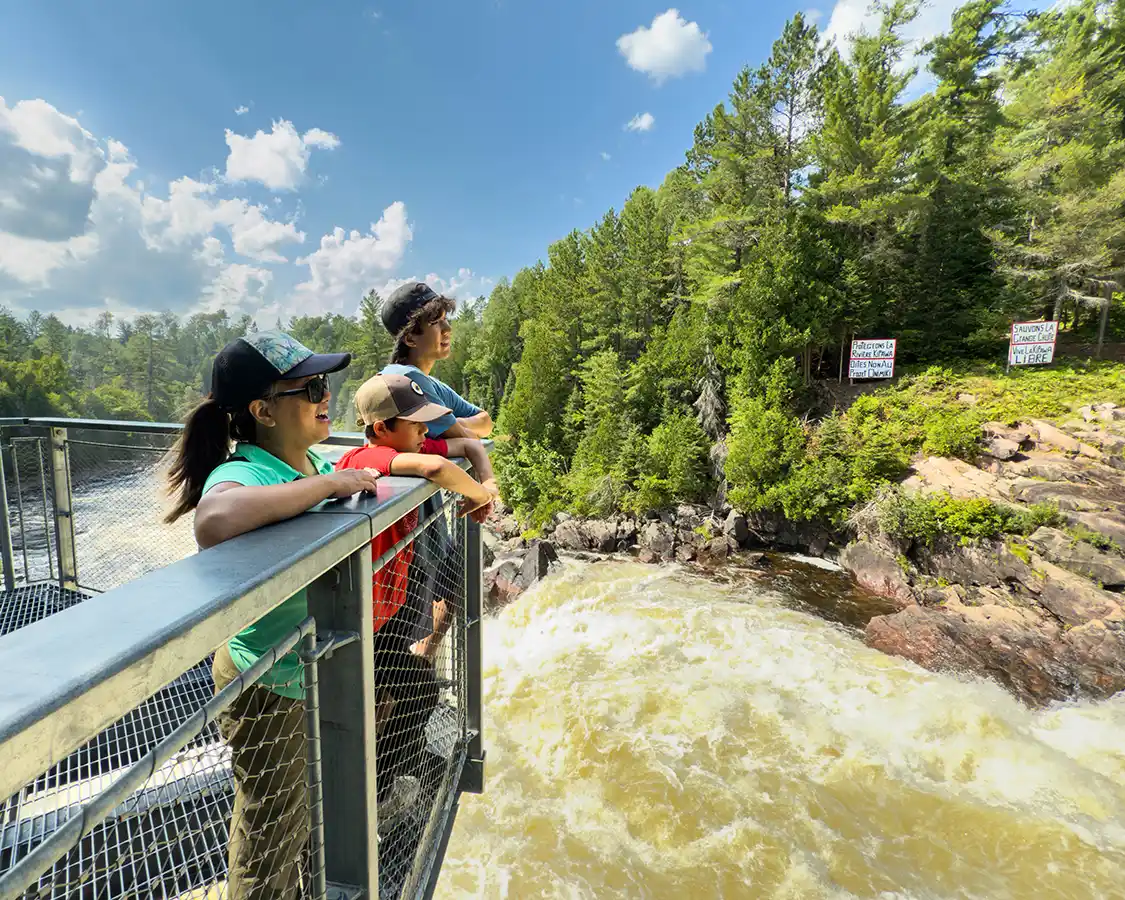
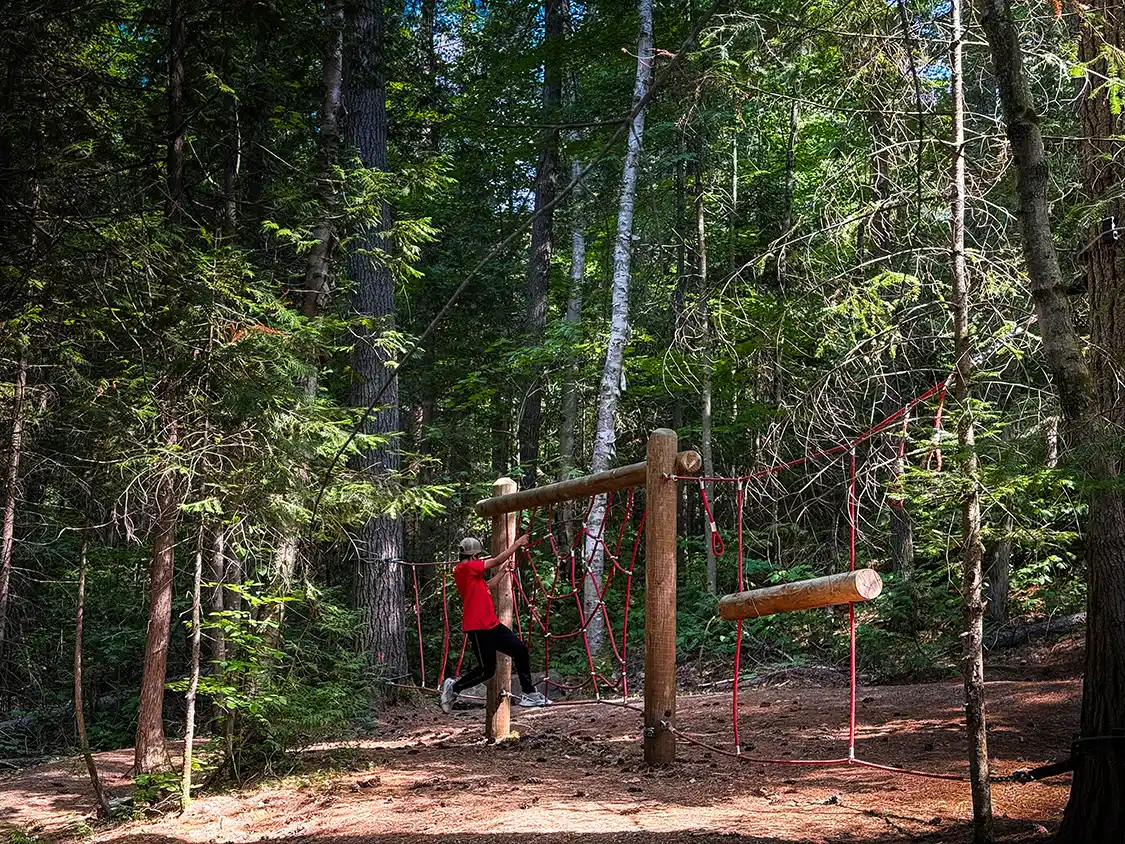
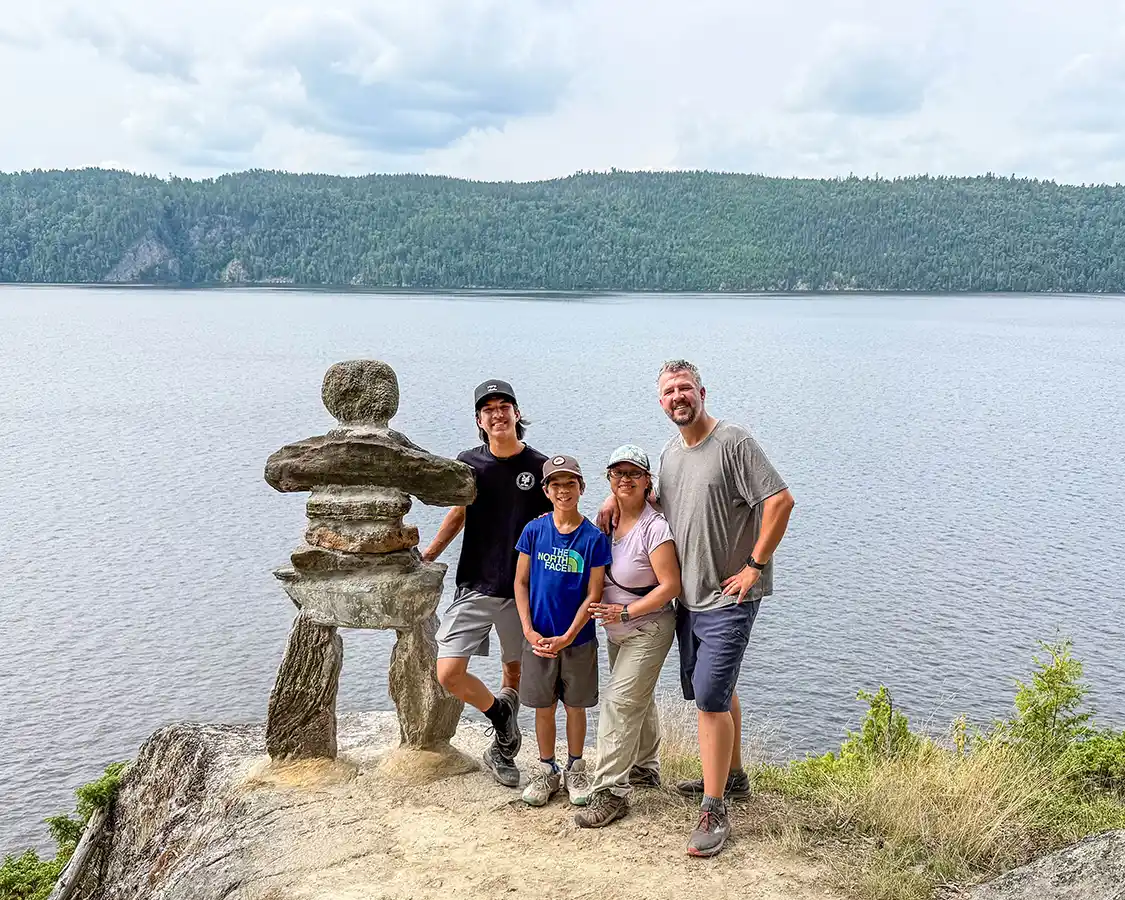
Because we were driving from north of the park, we started our Opemican National Park in the Rivière-Kipawa sector. This section of the park has a campground with four ready-to-camp sites with electricity, fridges, and kitchens, along with four rustic campsites.
This sector is far from the main visitor centre, and it’s perfect for those who are looking for a quieter atmosphere than the more popular Pointe-Opémican sector. Here, it is possible to book a campsite on short notice. If you’re looking for one of the coveted ready-to-camp sites, it’s best to reach out a couple of weeks ahead of time for weekend bookings.
With a few hours on our hands, we embarked on two hikes in the sector. The first, the Grand Chute hike, was a short stroll down a wide, well-groomed path to a large waterfall along the Kipawa River. It was a great introduction to the park. There was even a fantastic playground just a short walk from the waterfall for those visiting Opemican with kids.
We also embarked on the slightly longer Inukshuk Trail, which follows a more rustic trail out to a gorgeous viewpoint overlooking Lake Temiskaming. This trail actually connects to the Grand Chutes trail on a full-day trek that covers most of the shoreline of the Rivière-Kipawa sector.
Ready-to-Camp in the Pointe-Opémican Sector
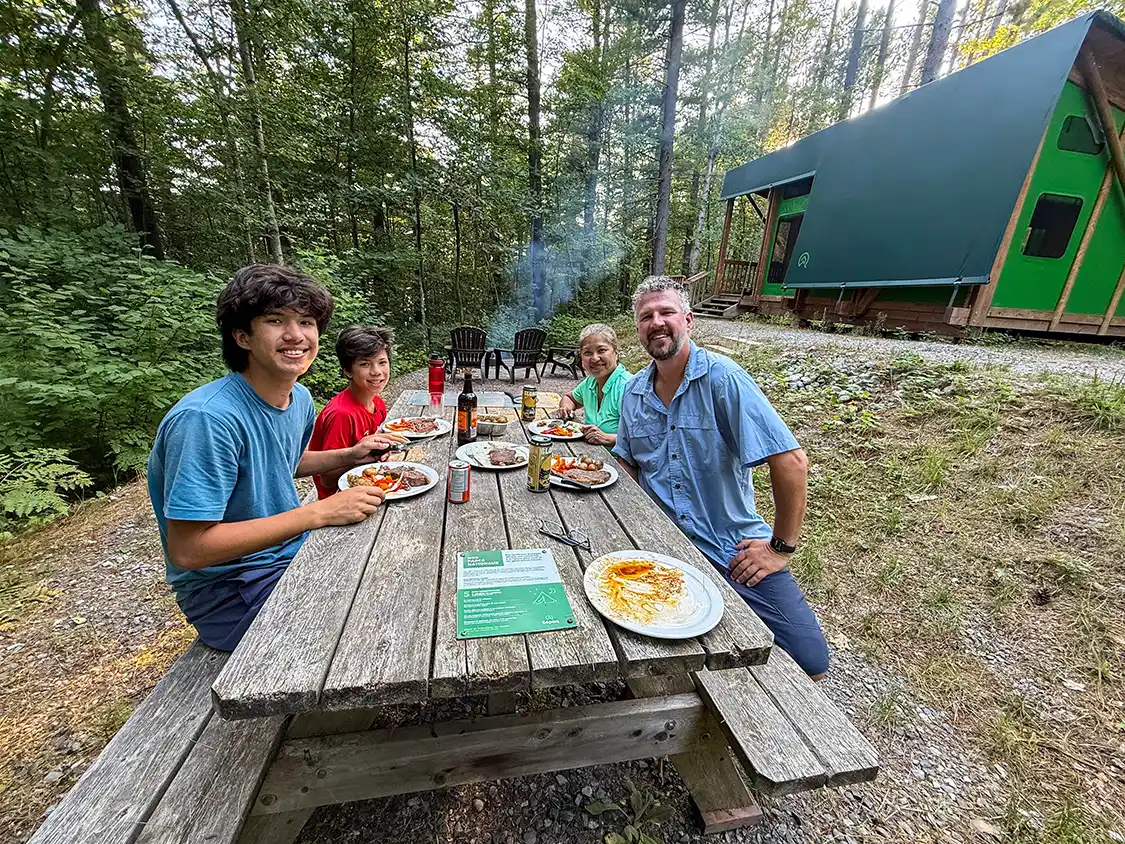
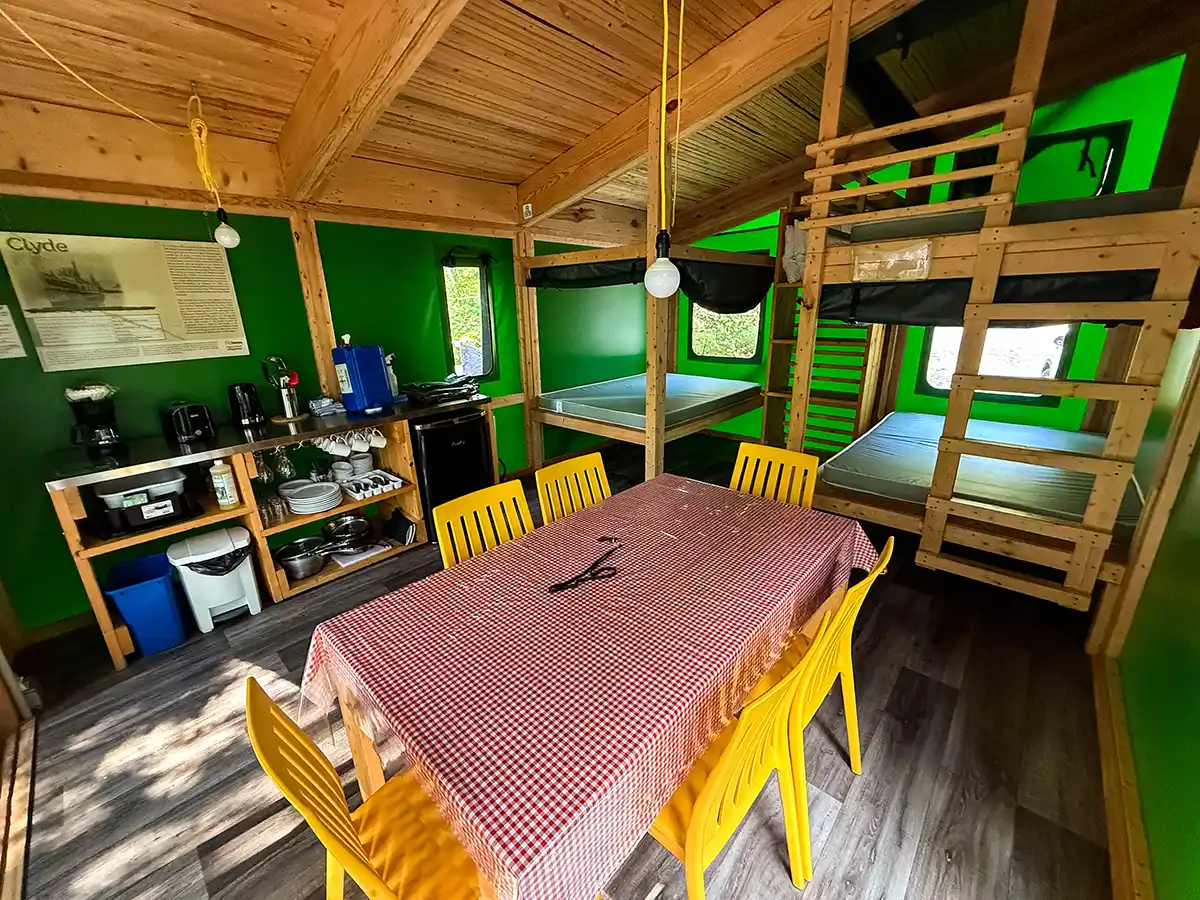
We made the 45-minute drive from the Kiwapa River Sector to the Point-Opemican Sector and zipped into the camping area just before sundown. We were booked into one of the park’s Ready-to-Camp sites, which would be similar to the soft-sided accommodations within the Ontario Parks system.
One thing that I have to hand to Sepaq is that their glamping setups are a little nicer than those in Ontario. Not only do they include beds and BBQs, but there is also a fridge along with everything that you need for cooking, including plates, cups, and utensils. Not having to carry all of those extra supplies with us to the park saved us time and space while packing.
Another big plus to the Sepaq system is their wood.
Anyone familiar with camping in Ontario Provincial Parks knows that the wood is often, well, pretty terrible; damp and difficult to burn. The wood in Sepaq parks has always been consistently dry and high quality, making getting a campfire up and running a breeze.
History, Hikes, Fishing, and Swimming
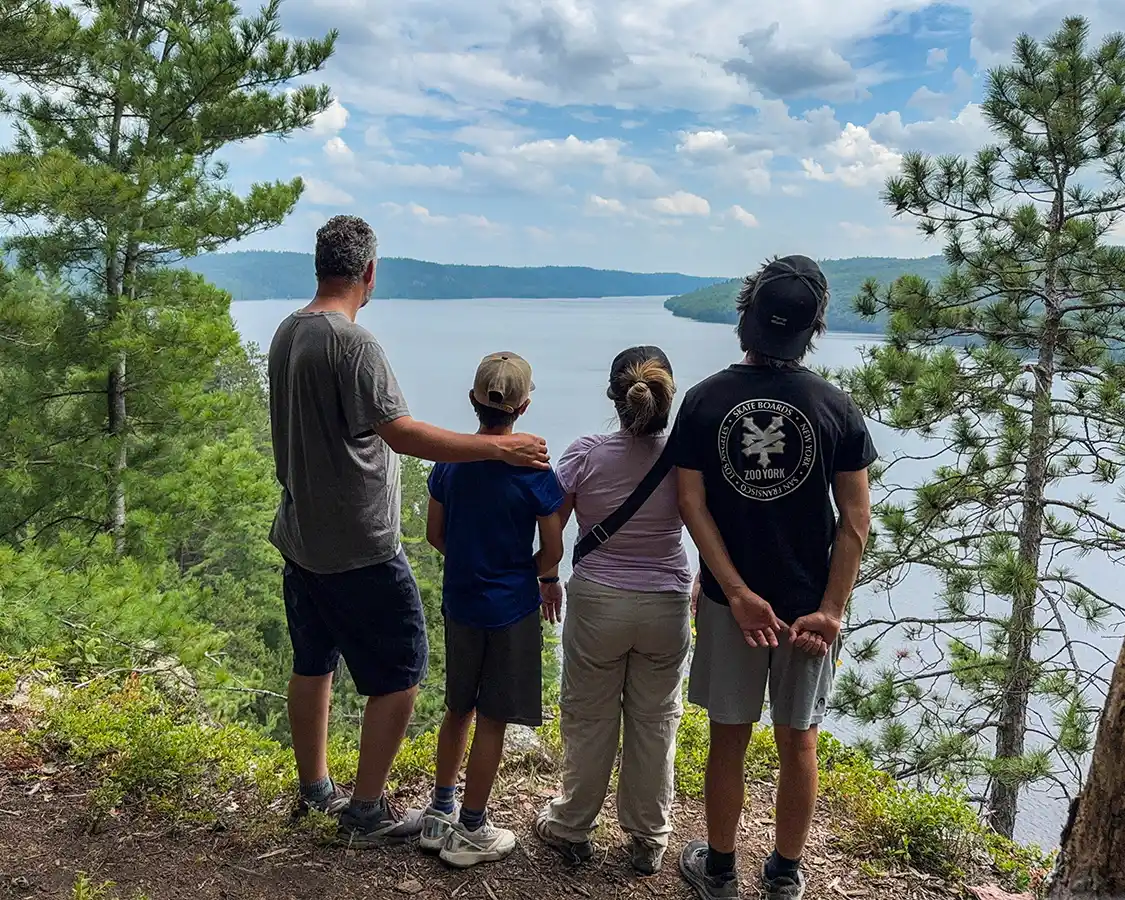
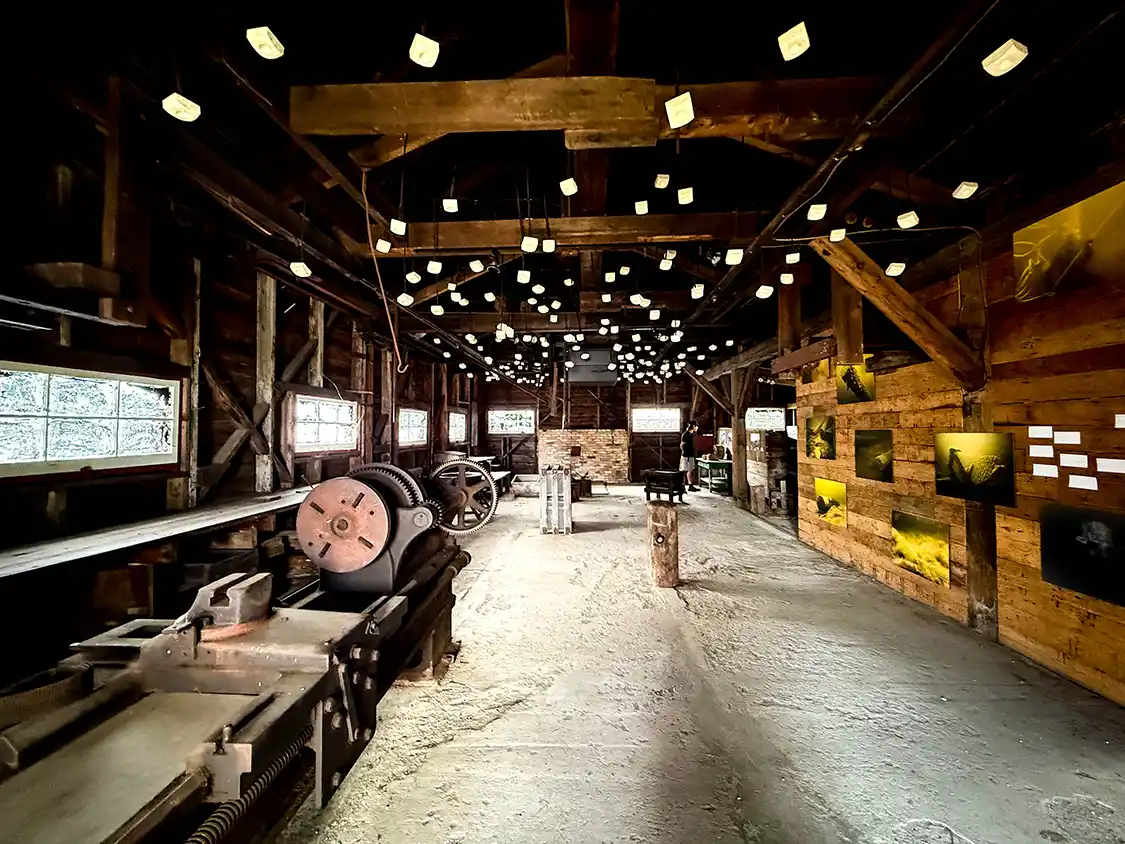
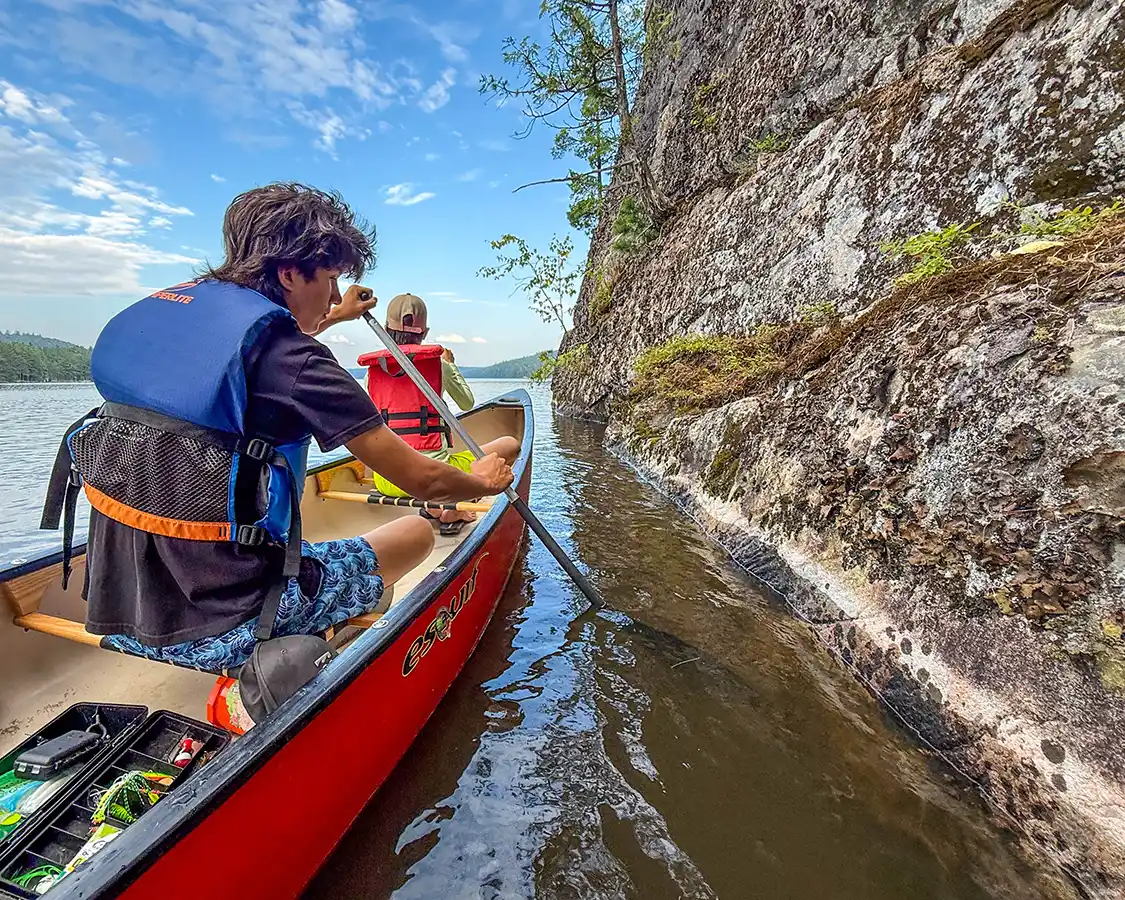
The next day, we set out to find the best things to do at Parc National d’Opémican, and it was a blast.
We explored a historic trail where remnants of the park’s logging past were on display, including an old inn, a forge, and a logging chute. The buildings are in excellent shape and offer a glimpse into the region’s vital logging industry during the 1800s and 1900s.
On our biggest trek, we headed up the Des Piers Trail, which makes a rocky climb to some beautiful overlooks. The hike is moderately difficult, but it was our favorite one in the Point-Opemican Sector. To cool off, we enjoyed some swimming by the old inn (the main beach by the visitors center is currently closed due to a re-naturalization initiative).
Later in the day, the boys and I rented a canoe from the visitors’ center and set out to try our hand at fishing in Lake Temiscamingue. We ended up coming up empty, but the views on the lake were fantastic. The paddling was calm and beautiful, and the weather was so nice, we barely noticed the lack of fish.
About Parc National d’Opémican
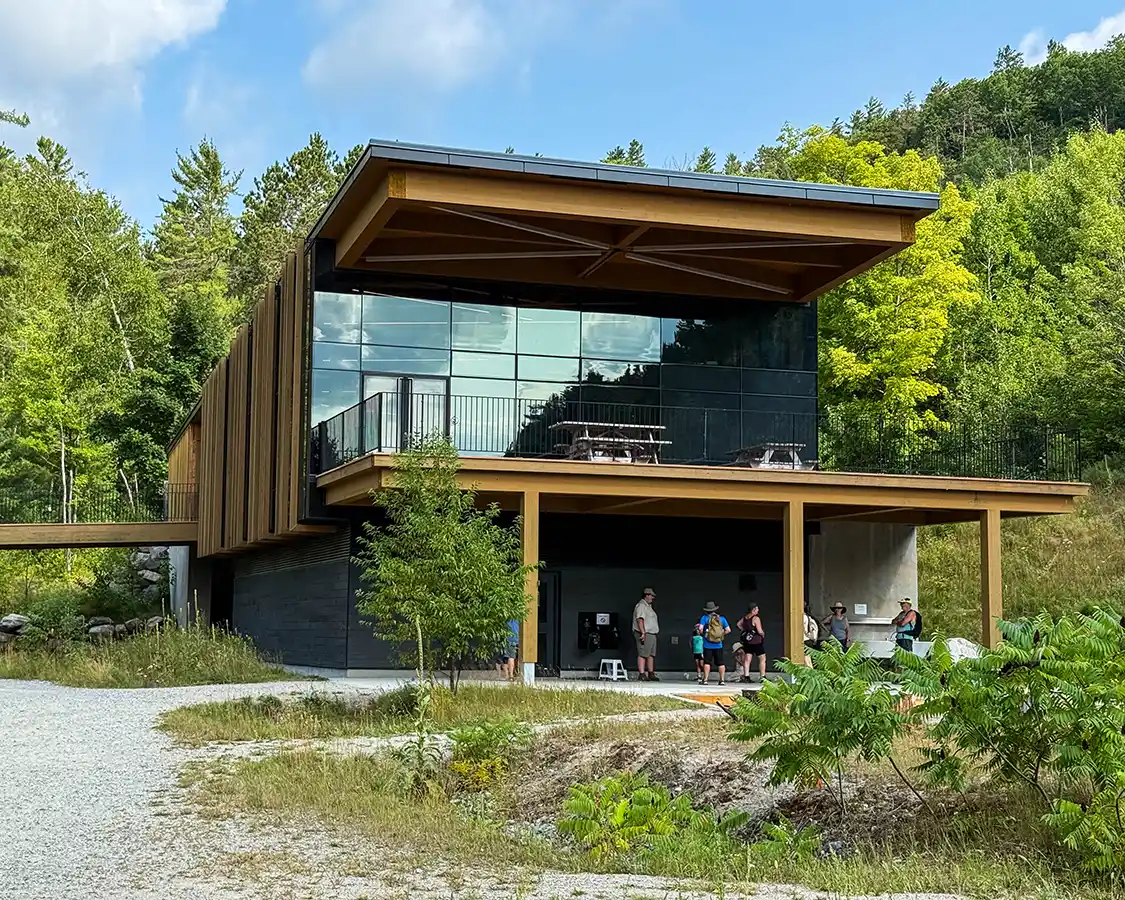
Stretching north from Ottawa, the Ottawa River acts as the border between the Canadian provinces of Ontario and Quebec as far north as Temiskaming Shores and Notre Dame du Nord. Here, the river widens into the 110-kilometer-long Lake Temiskaming (Lac Temiscamingue in French).
Parc National d’Opémican is just 45 minutes from North Bay, and just over four hours from Toronto.
This park is relatively new. In fact, it wasn’t officially launched until December 19, 2013. Offering a unique blend of natural beauty and cultural heritage, the location has been an important waterway for Indigenous peoples and later, for the fur trade and logging industries. Much of that history is still on display through a collection of heritage buildings in the park, along with the nearby Obadjiwan-Fort-Témiscamingue National Historic Site.
History
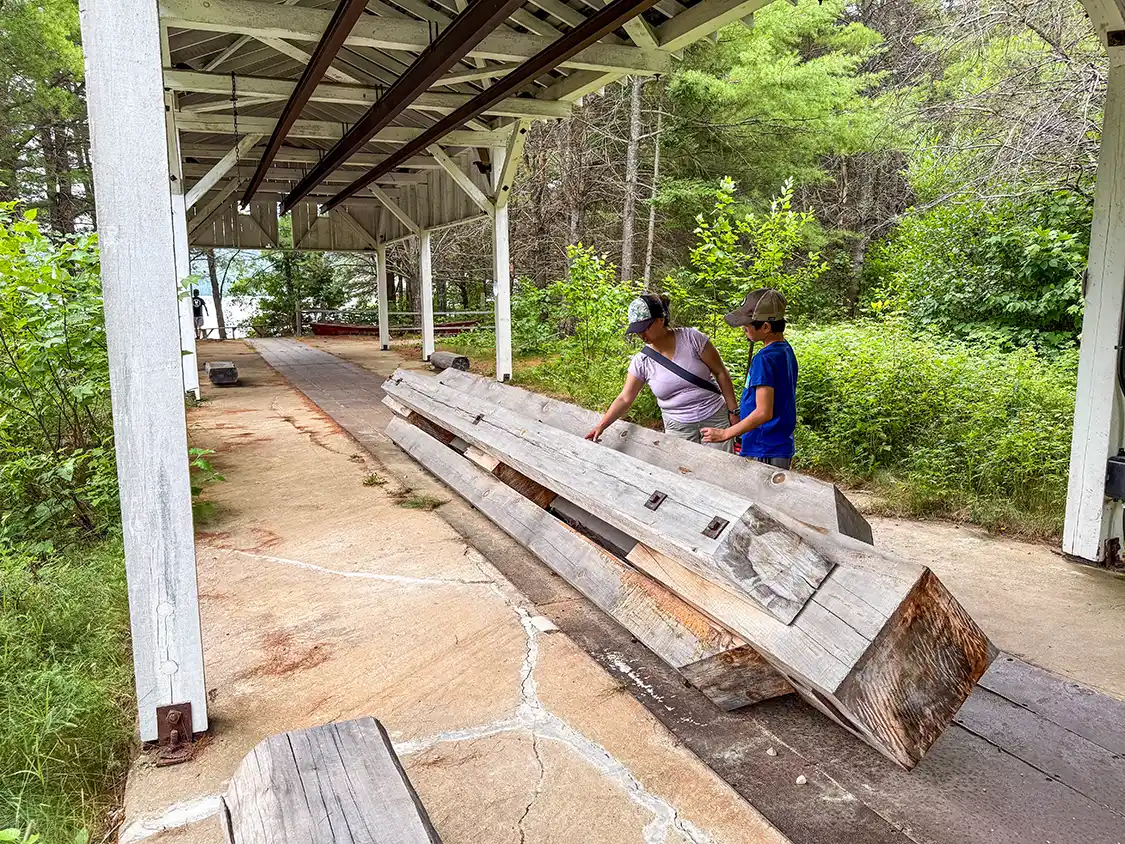
Indigenous history on the land of Parc national d’Opémican is vast. In fact, there’s evidence of Anishinabeg (Algonquin) presence dating back over 6,500 years. On nearby Lake Kipawa, the Kebaowek First Nation, an Algonquin community, continues to share stories and community.
During the 1700s, the area was a key part of the fur trade route to Hudson’s Bay in the 1700s. In the late 19th century, it became a central hub for the region’s logging industry. The Pointe-Opémican sector of Parc National d’Opémican still features historic buildings like the Jodoin Inn, a former forge, and a boom shed, which offer a glimpse into its past.
Location
Opemican National Park is right on the border with Ontario on the shores of Lake Temiskaming. The massive park covers an area of about 252.5 square kilometers, stretching across two distinct sectors. The park is divided into three main sectors: the Pointe-Opémican sector, the Rivière-Kipawa sector near Ville-Marie, and the Lac-Marsac sector further inland from Lake Temiskaming..
Things To Do At Parc National d’Opémican
Parc national d’Opémican isn’t just for hiking and swimming. If you come to camp for a weekend or a week, there are quite a few things to do for outdoor enthusiasts and history buffs:
- Hiking and Biking: Parc National d’Opémican has a great network of hiking trails with varying levels of difficulty, including the popular “Sentier des Pierres” and “La Grande-Chute” trails, which lead to a scenic waterfall. There are also bike paths, including the “Mocassin Line,” that offer a different way to explore the forest and waterfront.
- Water Activities: The park’s location on two large lakes makes it a paradise for water sports. Visitors can rent canoes, kayaks, pedal boats, and stand-up paddleboards to explore the tranquil waters. The sandy shores of Lac Témiscamingue are also great for swimming.
- Camping and Accommodations: The park provides a range of camping options, from traditional campsites under towering pines to “ready-to-camp” sites that come with a comfortable setup, including a fridge and cooktop. Canoe-camping sites are also available for those looking for a more remote experience.
- Cultural and Historical Interpretation: Beyond its natural beauty, the park offers a chance to step back in time. You can take a guided tour of the historic buildings at Pointe-Opémican and learn about the logging and Indigenous history of the region. The visitor center and interpretive panels provide a deeper understanding of the area’s heritage.
Why Should You Consider Parc National d’Opémican?
Getting to Parc National d’Opémican is easy. From our home in Brampton, Ontario, it’s an easy drive up through North Bay to the park. Just over four hours door-to-door. At similar parks in Ontario, like Killarney, Kilbear, and Algonquin, unless you book six months early, you’re unlikely to get a quality campsite. At Parc National d’Opémican, you can usually book just a week ahead and still find space.
Oh, and as for that “National Park” thing. Well, this goes back a long way, and it’s definitely not a straight road. The Société des établissements de plein air du Québec (SEPAQ) (you can check out their website here) calls its provincial parks “national parks” to align with the standards set by the International Union for Conservation of Nature (IUCN). In 2001, Quebec changed the status of its parks to “national” to reflect a stronger commitment to conservation and to meet the IUCN’s criteria for protected areas.
However, the name is also a strong reflection of Quebec’s identity. In French, the word “nation” can refer to a people or a territory, not just a sovereign country. Quebec, being a distinct nation within Canada, uses the term “national” in many of its institutions, such as the National Assembly (the provincial legislature in Quebec City). This terminology is used to emphasize its unique cultural and political identity.
If you enjoy your time at Parc National d’Opémican (and I’m sure you will), maybe you’ll dive deeper into Abitibi-Temiscamingue, or even further into Quebec, and discover for yourself just how wonderful it is.
You May Also Like To Read:

